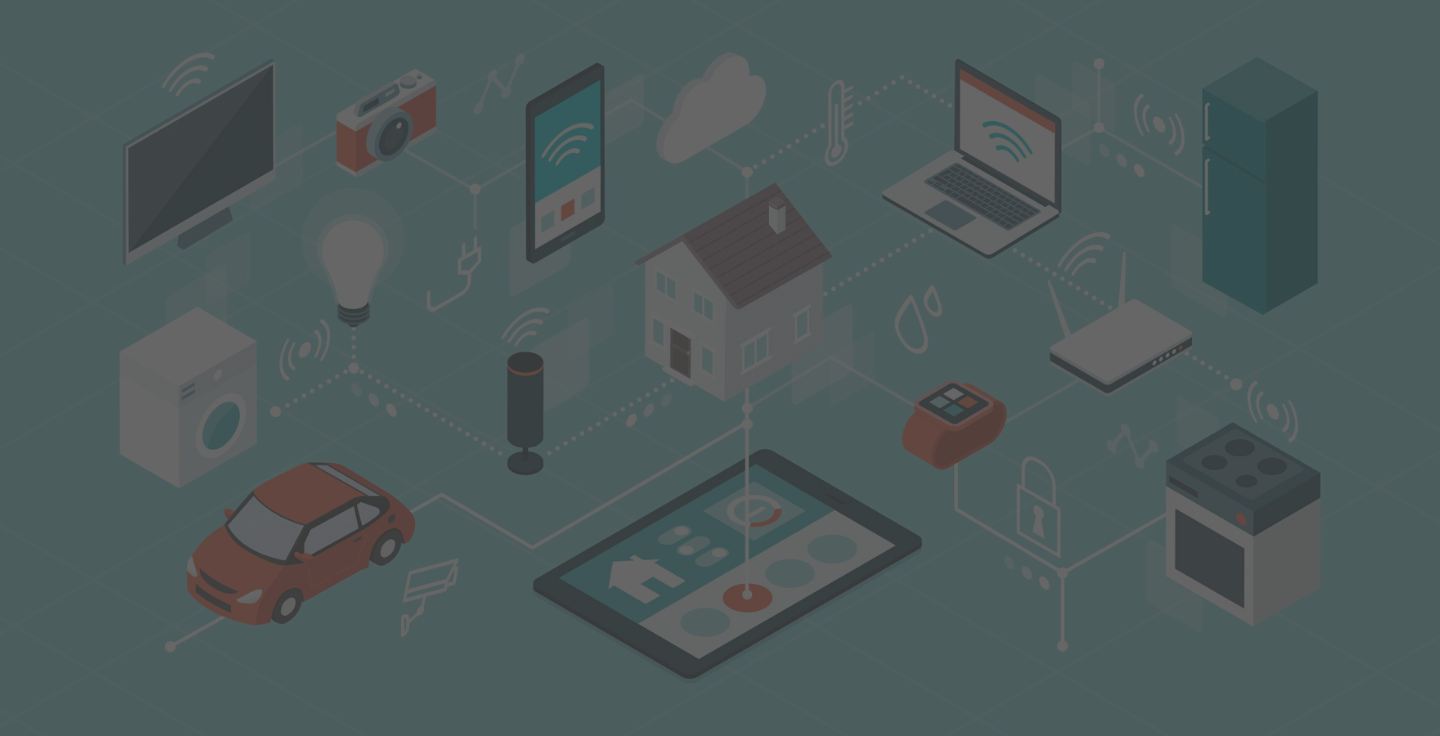

Since the breakup of AT&T, the telecommunications industry has undergone tremendous change. Over the past few decades, the rapid pace of technological advancements, explosive growth in data traffic and consumers’ increasing demands for digital communication and content have been shaping telecom strategies.
Modern consumers expect their telecommunications providers to offer products and services designed to suit their lifestyles. Competition among telecoms has been fierce; providers have been continuously releasing new products and service bundles in an attempt to retain fickle consumers who are always ready and willing to switch providers for a better quality wireless experience.
The popularity of over-the-top (OTT) services like Google, Facebook, Skype, Netflix, WhatsApp and others for phone calls, messaging and video services has compelled telecom companies to form new partnerships, as well as find ways to add value to OTT services to make the experience more seamless for customers.
Telecommunications providers are under pressure from customers and stakeholders to invest in new infrastructures to accommodate ever-increasing demands for data traffic, including a 5G network and an IoT (Internet of Things) ecosystem. While companies are focusing their core resources on expanding their networks, they must also find ways to improve service delivery if they hope to engage and retain customers. The following are top service-related challenges for telecommunications providers:
With the bulk of their budgets allocated to building new networks and infrastructures, telecommunications providers have fewer resources available for in-house sales or customer service. CustomerServ has played a leading role in helping telecommunications companies select the right call center and BPO outsourcing vendors to help outsource more effectively and gaining market share more swiftly. A few highlights:
CustomerServ’s hand-selected telecommunications call center vendors currently handle over 3 million customer contacts monthly for the telecommunications industry for the following services:
1 According to McKinsey & Company, the cost of investing in future network technology alone will result in a 15% to 30% drop in revenue for telecom companies.

The entire customerserv.com website is © Copyright 2022 by CustomerServ, Ltd. All Rights Reserved.
The customerserv.com site and its content may not be copied or duplicated in whole or part by any means without express prior agreement in writing.
Some photographs or documents contained on the site may be the copyrighted property of others; acknowledgment of those copyrights is hereby given.
All such material is used with the permission of the owner.